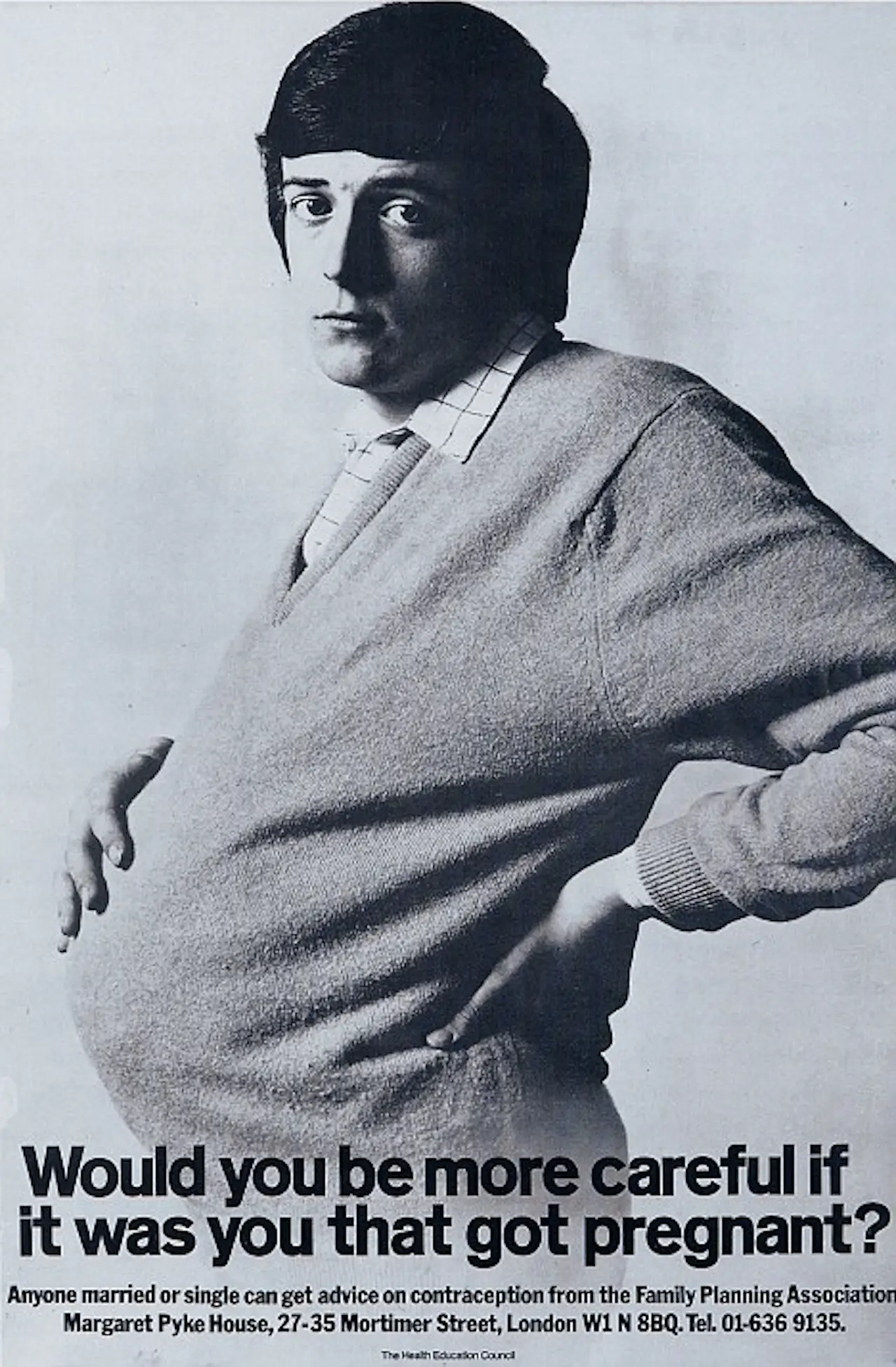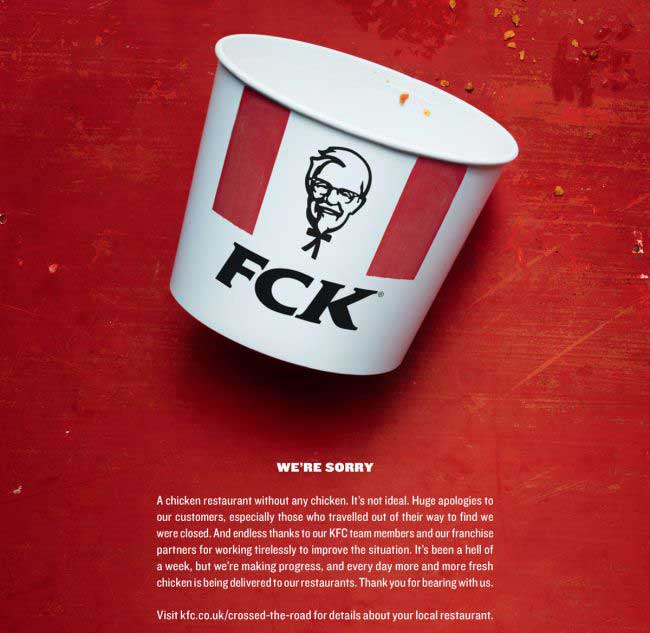Well-intentioned SEO apps propose to make it easier to produce content that search engines will find and elevate. But, as any professional copywriter will tell you, many so-called improvements suggested by SEO apps are absolutely worthless (note: the people at Google agree). We checked out what a leading SEO app had to say about five iconic creative moments in advertising…
Volkswagen, ‘Think Small’ (1960)
DDB’s ads promoting the VW Beetle in the 60’s are consistently voted among the best of all time. Today, it may be hard to reconjure the radical tone of these ads selling a car that seemed to have so little going for it, back when bigger was better and automobiles were trying to be rocketships.
Rather cluelessly, the SEO app wasn’t having any of it…

SEO app rating:

Title: Your page has a title. Well done!

Your key phrase does not appear in the first paragraph. Make sure your subject is clear immediately.

Text length: This is below the recommended 300 words. Add more.
McGraw-Hill (1958)
This iconic B2B ad from the late 50’s places us in the shoes of a salesperson who has made the ghastly mistake of cold calling on a grumpy dude who swiftly eviscerates us with a repetitive slew of accusations that we can’t really disagree with.
Had the ad followed the wisdsom of the SEO app, it would have sucked big time (as they say).

SEO app rating:

Image: Good job!

Title width: Try to make shorter.

Text length: This is below the recommended 300 words. Add more.
Family Planning Association (1968)
This Family Planning Ad wouldn’t pass muster today, but back in the 60’s it made a powerful point about male responsbility at the height of the so-called sexual revolution. The enigmatic image sets our mind working overtime. The enigma is then masterfully resolved with a headline that takes our brains to an unexpected conclusion.
True to form, the SEO app congratulates and critiques the ad for all the wrong reasons. As for the text length, are you kidding? Change nothing!

SEO app rating:

Title: You page has a title. Well done!

Title width: Good job!

Text length: This is below the recommended 300 words. Add more.
KFC (2018)
KFC hits it out of the park by taking a risk with its brand that few others would consider. Facing the absurdly embarassing situation of a being a chicken restaurant with no chicken (due to supply chain issues), the company could have hidden behind corporate-speak and the vocabulary of crisis management. Instead, they suprised us with a uniquely human(!) tone of voice that turned a negative into pure good will.
The SEO app, ostensibly positive, remains blissfully oblivious to the magic being worked here.

SEO app rating:

Title: You page has a title. Well done!

Inclusive language. Great work!

Text length: This is below the recommended 300 words. Add more.
Nike (2010)
The SEO app’s response here offers a cautionary tale to anyone tempted to use an SEO app to shape their words and ideas… ‘Don’t do it!’

SEO app rating:

Inclusive language: Great work!

Readability: Only 3 words.

Text length: This is below the recommended 300 words. Add more.
To sum up…
Google’s recent revamping of its search algorithms as part of its ‘Useful Content’ update is an attempt to reverse the creation of low quality content designed to exploit the behavior of search engines. In a sense, the use of SEO always attempts to exploit the behavior of search engines to some degree, but there is a mistaken notion that by using certain tricks such as keyword stuffing and repetitive use of certain phrases, your content will somehow be “better” and more “successful”. As Google tells us, this is bull. Content (words and pictures working together, formerly known as communications) must first and foremost create strong connections to readers, by being concise and informative, well constructed and insightful, original and flawless, and by offering more than it asks of us. I think that’s the common denominator of all of the ads above: they give us more than they ask of us—through humor or by drawing our minds to an unexpected conclusion. SEO has its place, but we shouldn’t forget that it is a blunt instrument designed in function of algorithms. It is blind to and incapable of assessing the nuances that good communications depend on.
Contact: bill@contenticorp.com
“SEO has its place, but we shouldn’t forget that it is a blunt instrument designed in function of algorithms. It is blind to and incapable of assessing the nuances that good communications depend on.”
- Bill Below



